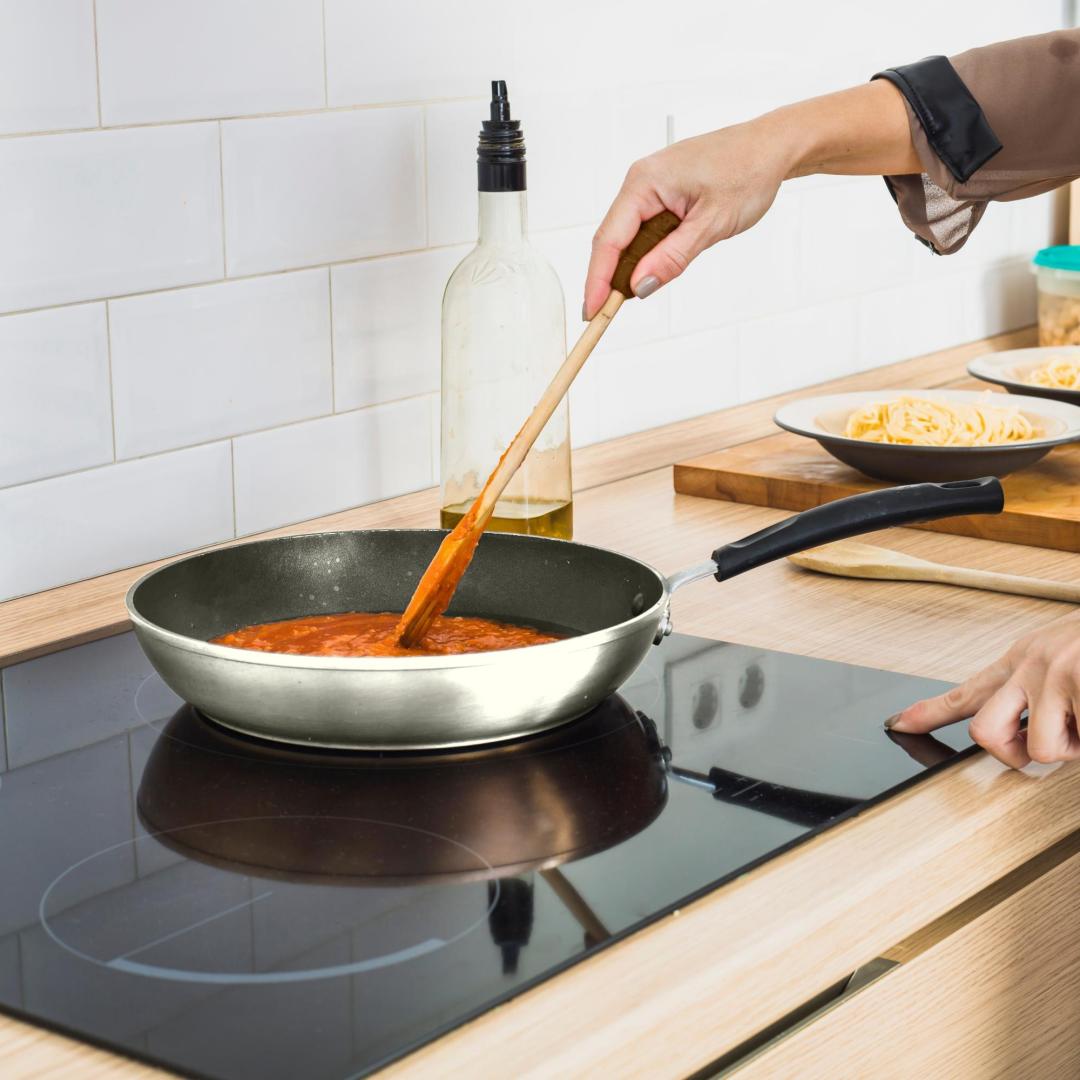Frying pans are essential kitchen tools that many of us use daily. However, like any other kitchen equipment, they don’t last forever. Knowing when to replace your frying pan can significantly impact your cooking experience, health, and budget. In this blog, we’ll explore the signs that indicate it’s time to part ways with your frying pan and discuss how long you can expect a good set of frying pans to last.
Signs It’s Time to Replace Your Frying Pan
1. Warping
If your frying pan no longer sits flat on the stove, it’s a sign of warping. Warped pans can lead to uneven cooking and hot spots, making it difficult to achieve the desired results. This is especially important for pans designed for optimal heat distribution.
2. Scratches and Peeling
While many modern non-stick pans are more resistant to scratches, they can still wear out over time. If you notice scratches or peeling, it’s best to replace the pan to ensure safe cooking and optimal performance.
3. Discoloration
Over time, frying pans can become discolored due to high heat or prolonged use. While a little discoloration may not be a concern, extensive staining can indicate that the pan is no longer performing at its best.
4. Rust
For certain types of pans, rust can be a concern. If you notice any signs of rust or damage to the surface, it’s wise to consider a replacement.
5. Uneven Heating
If you find that your food is cooking unevenly, it could be a sign that your frying pan has lost its ability to conduct heat effectively. This is crucial for achieving perfect results.
6. Age
If your frying pan is over five years old, it might be time to consider a replacement. While high-quality pans can last longer with proper care, regular inspection is essential.
How Long Can a Set of Frying Pans Last?
The lifespan of frying pans varies based on the material, usage, and care. Here’s a general guideline:
Non-Stick Pans: Typically last 5 to 7 years. With proper care, such as using gentle utensils and avoiding high heat, they can maintain their performance for even longer.
Durable Options: These are designed for longevity and can last a lifetime with proper maintenance. Regular cleaning and avoiding harsh chemicals will keep them in great condition.
Revamping Old Pots and Pans
Before you decide to throw away your old frying pans, consider giving them a second life! Check out our previous article, “Breathe New Life into Old Pots and Pans: 5 Ingenious Ways to Revamp Your Kitchen Castoffs,” for creative ideas on how to repurpose and rejuvenate your kitchen tools. You might find that with a little creativity, your old pans can serve new purposes, reducing waste and adding charm to your kitchen.
Conclusion
Knowing when to replace your frying pan is crucial for maintaining a healthy and efficient cooking environment. Regularly inspect your pans for signs of wear and tear, and don’t hesitate to invest in high-quality replacements when needed. A well-maintained set of frying pans can enhance your cooking experience and ensure delicious meals for years to come. Remember, your kitchen tools are an investment in your culinary journey, so treat them well!
